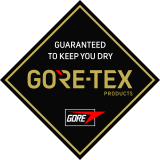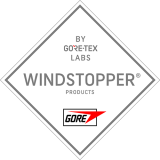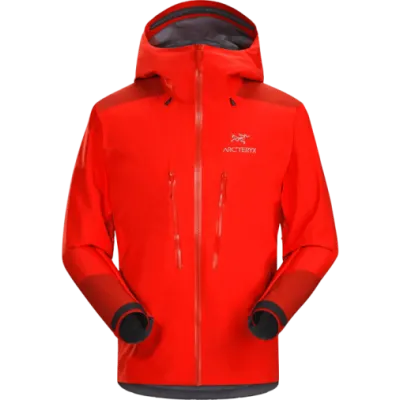

Freedom is experiencing each day on your terms. That's why all GORE-TEX Products provide totally windproof, breathable, and water-resistant to durably waterproof protection. We integrate lasting comfort and reliable protection from the elements to reach your goals in any weather.
GORE-TEX Product technologies are found in jackets, pants, footwear, gloves, and more. Working with leading global brands, we tailor each of our product technologies for diverse uses: everyday to aerobic activities, and demanding to extreme outdoor activities.














